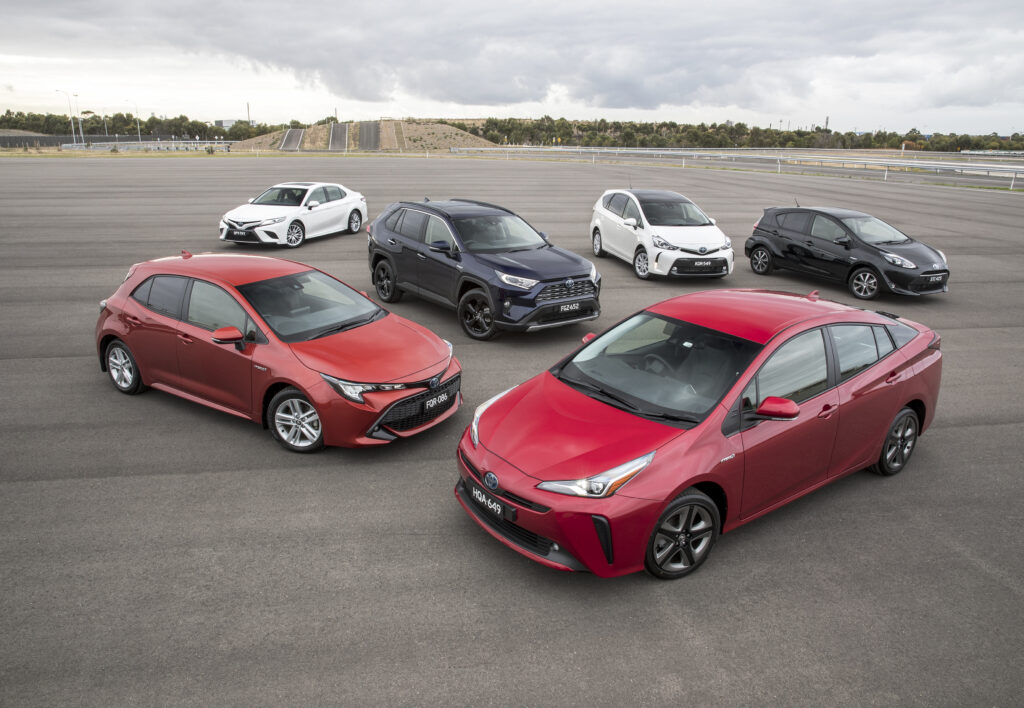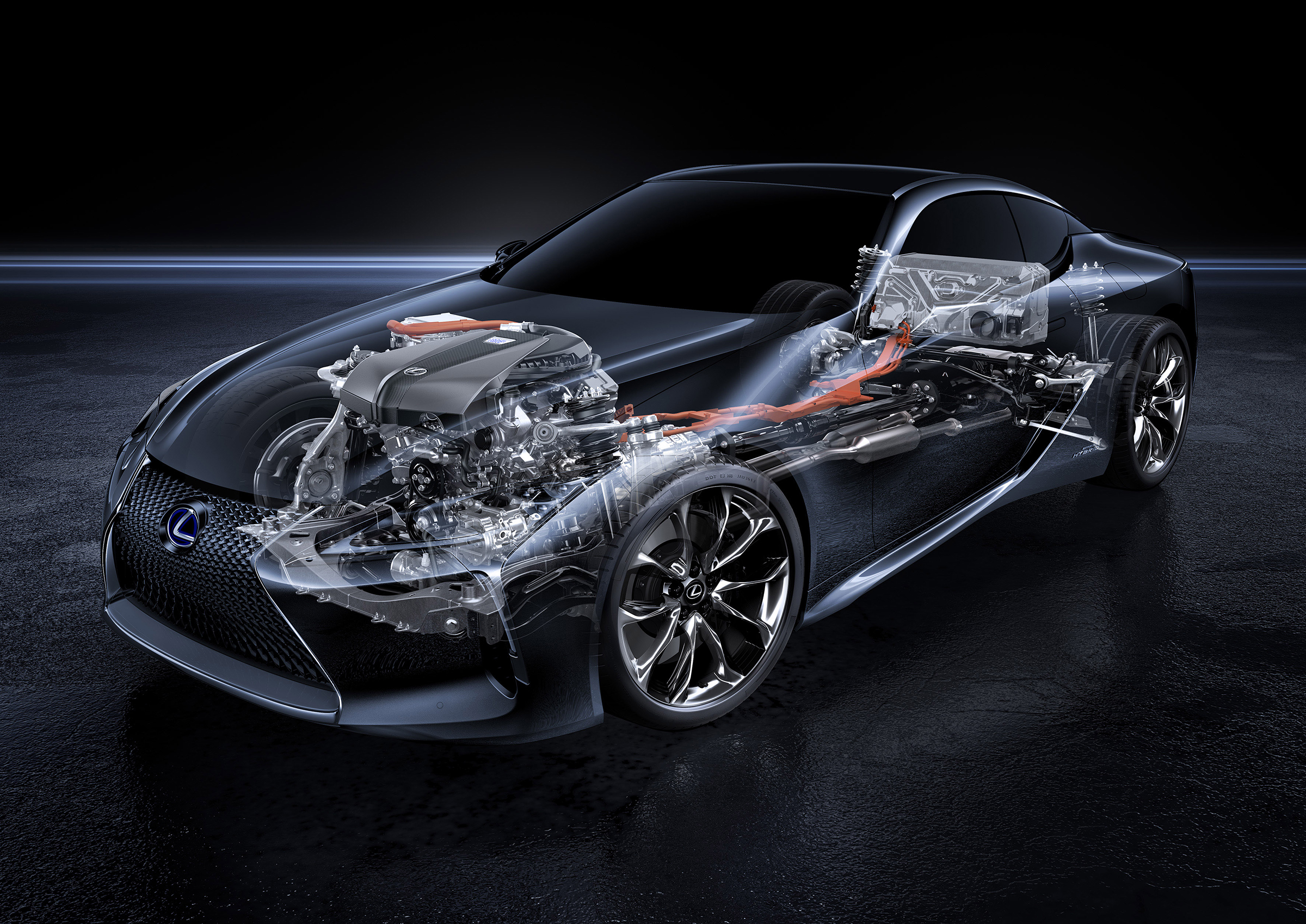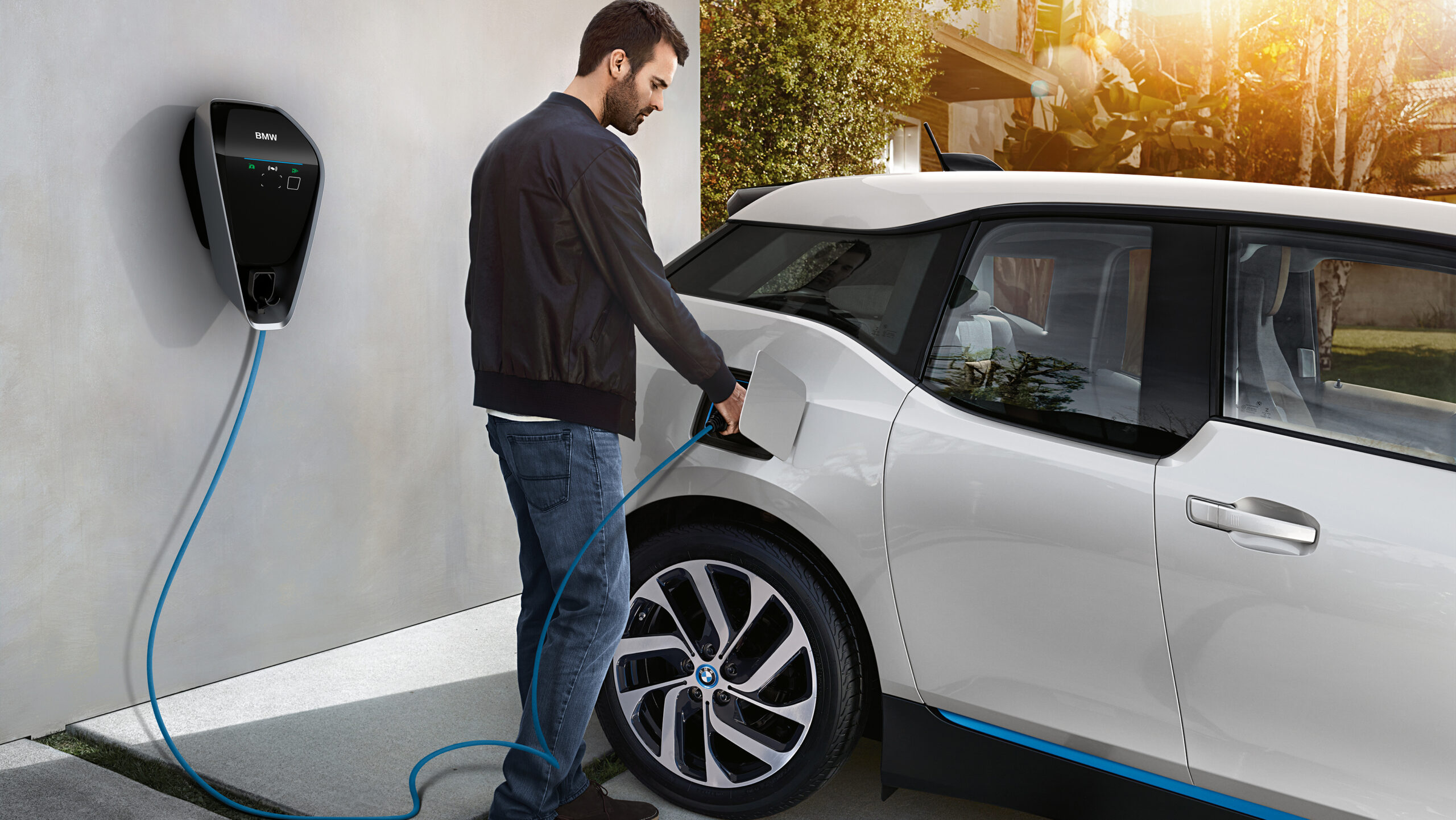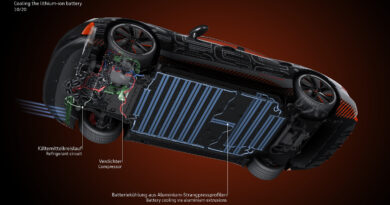Hybrid vehicle
Regular hybrid vehicles run purely on petrol or diesel but typically use a lot less of it. While they have an electric motor and a small battery pack, the batteries can’t be charged externally. Instead, the batteries are charged when the vehicles slows and the electric motor switches roles to temporarily become a generator. This effectively recycles energy that would normally be lost through heat in the brakes.
READ MORE: What is a battery electric vehicle (EV or BEV)?
READ MORE: What is a plug-in hybrid electric vehicle (PHEV)?
READ MORE: What is a fuel cell electric vehicle (FCEV)?
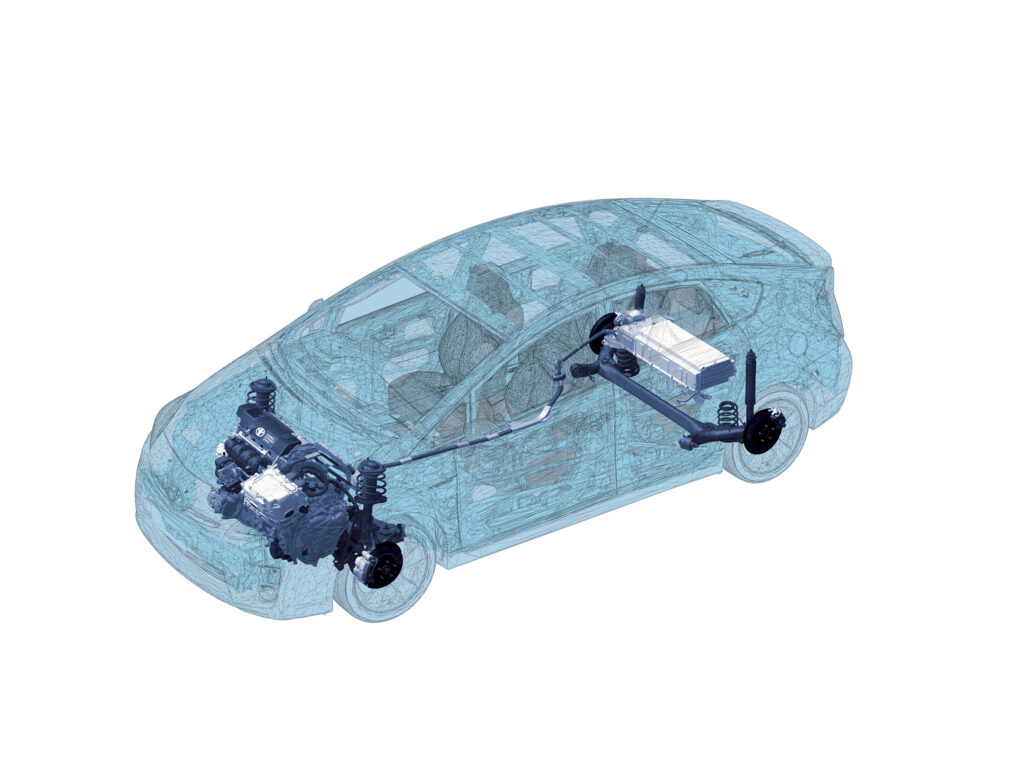
Pros: Affordable and mainstream these days, halves fuel use, lots of options
Cons: Batteries consume space used for luggage or spare tyres, run purely on petrol or diesel
Ideal for: Anyone who wants to use less fuel
Examples: Toyota Prius, Toyota Camry Hybrid, Lexus RX450h
